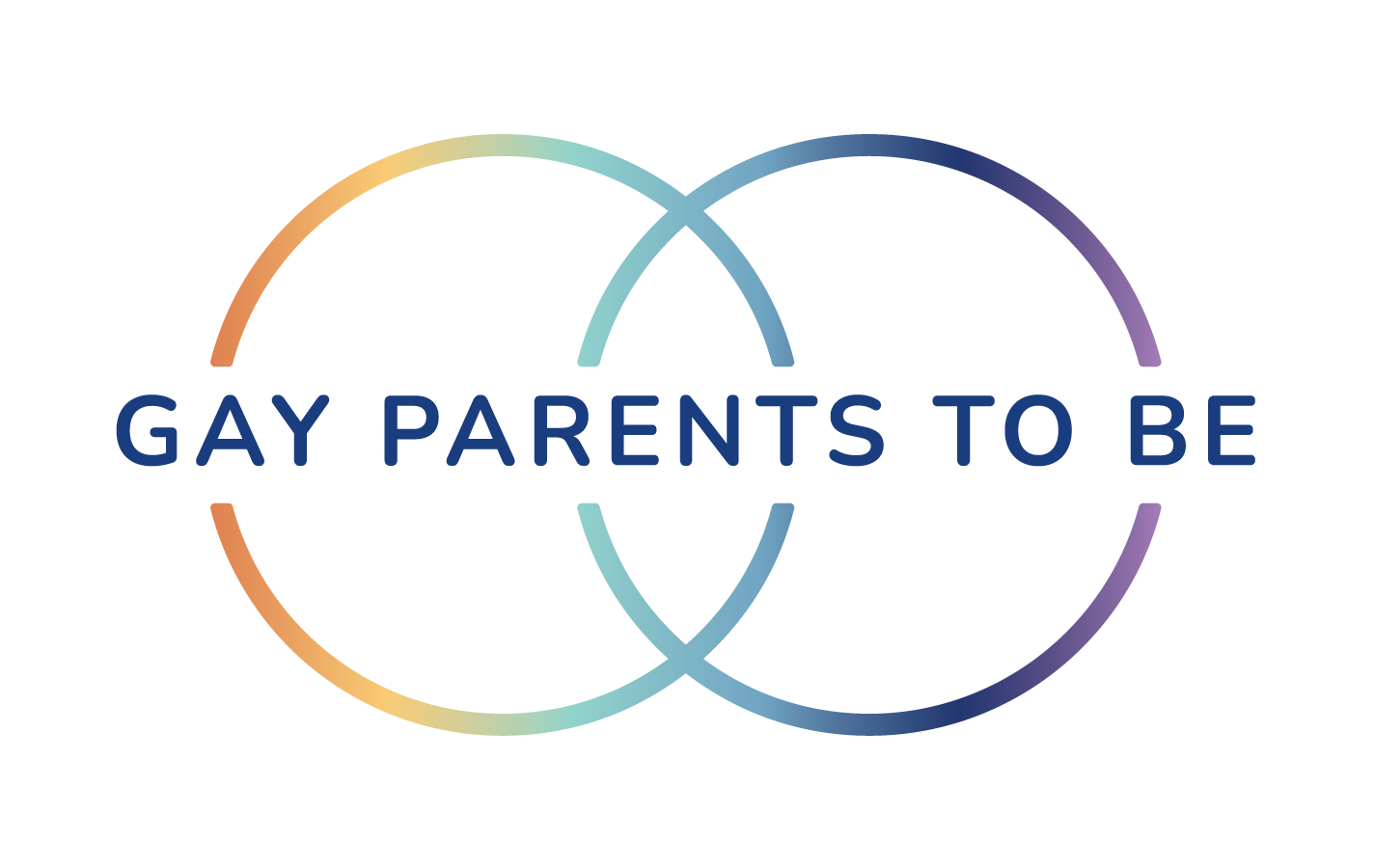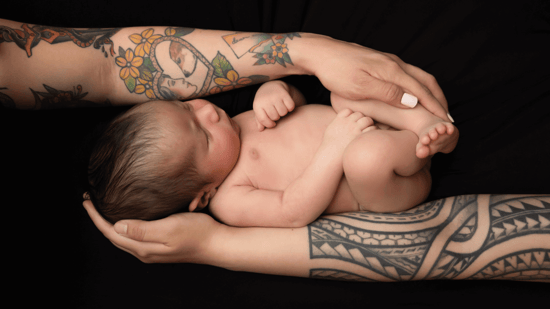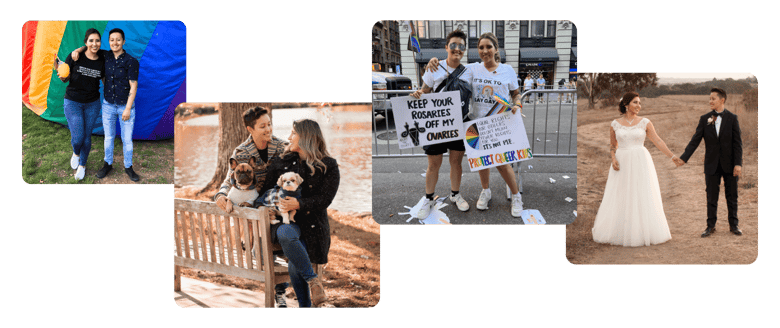June 12th, 2023 | 13 min. read
Step 2: Finding a Sperm Donor
By 2021, things started to get moving again, and the couple began their search for a sperm donor. "Finding a donor took us a long time," Diana says. "We wanted the ability to do reciprocal IVF in the future and give our child a biologically-related sibling."
After learning a lot of new information through genetic counseling, they had to wait for D to undergo genetic testing as well, in order to be sure they chose the right sperm donor that would be compatible with both of their genetics.
"We never anticipated how hard it would be to find a donor with Latino background - it was such a complicated process" Diana says. They finally found a donor and began IUI treatment at the end of 2021. But this too was a frustrating, taxing experience.
Step 3: Beginning IUI Treatment
Diana underwent five IUI cycles, none of them ending in pregnancy. Her first IUI procedure in October was unsuccessful, the second procedure was canceled due to insurance delays, the third procedure was canceled because there were no growing follicles, and the fourth cycle was also unsuccessful.
By her fifth IUI cycle in January 2022, Diana didn't have any viable follicles on her "good side," which meant that the cycle would likely be cancelled. The couple decided to go ahead with that fifth IUI cycle so they could move on to IVF treatment, and as expected, their final IUI cycle was indeed unsuccessful.
The most difficult part of that experience, Diana says, was hearing the words "not pregnant" over and over. "Those were probably the most stressful weeks of my life," she says. "It broke my heart every single time...the amount of tears I cried!"
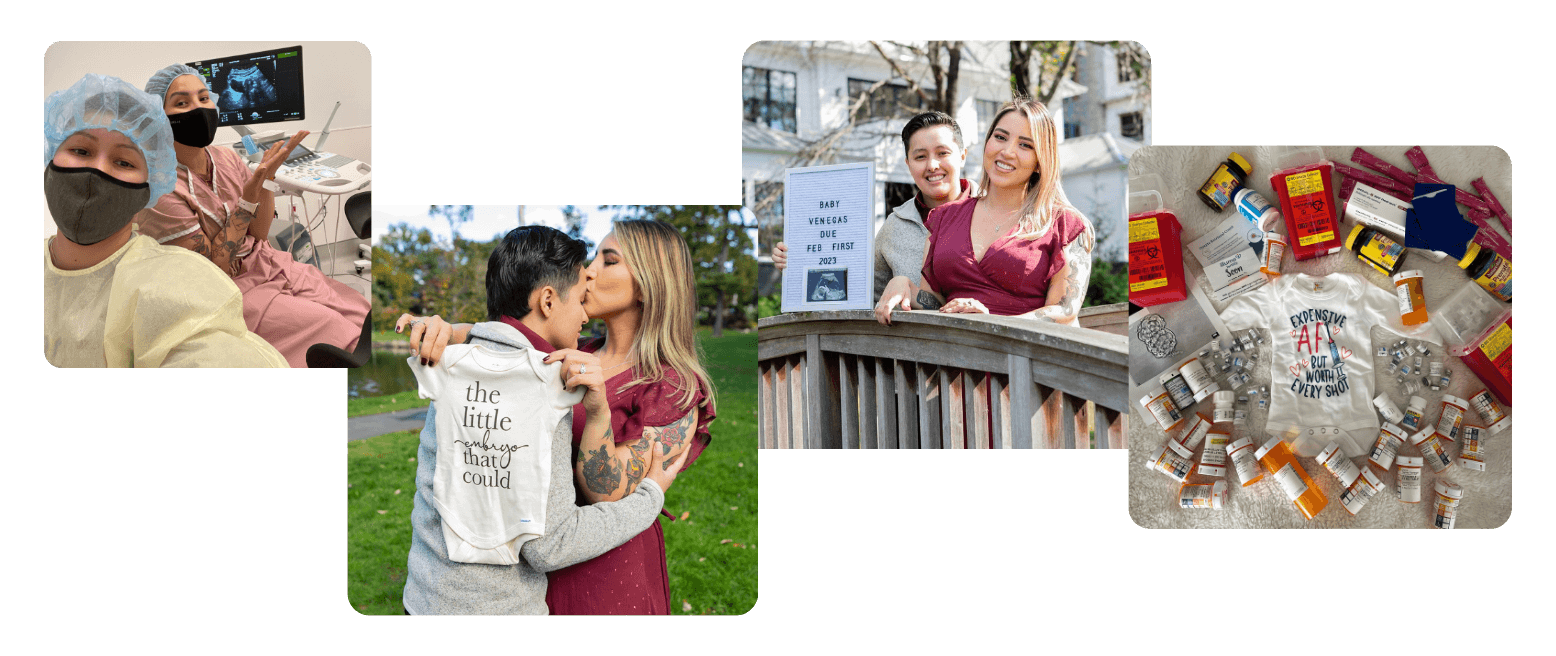
Step 4: Moving On to IVF Treatment
The couple's first IVF cycle began in March 2022. Diana had an egg retrieval in April and shockingly, a whopping 44 eggs were retrieved! (Many PCOS patients experience this due to their body's robust response to fertility medication.)
Of those 44 eggs retrieved, 40 of them were mature, 25 ended up fertilizing successfully in the IVF lab, and by the end of that week, they ended up with 17 embryos to freeze.
Why don't all eggs create embryos? Dr. Cynthia Murdock explains.
"We did a frozen embryo transfer because we wanted to do preimplantation genetic testing (PGT-A) on a few of our embryos," Diana says. "We only tested five of our embryos, and all five of them were chromosomally normal." After deciding not to find out the sex of their embryos, the couple asked Dr. Williams to choose the best one for transfer.
Although they now know that the sex of those five embryos were four boys and one girl, Diana and D chose to keep it all a secret in order to be surprised on the day of their baby's birth.
Step 5: Frozen Embryo Transfer
Diana's frozen embryo transfer (FET) was scheduled for May 17, 2022. "We were so hopeful, but also very cautious," Diana admits. "At some point during treatment, the excitement went away because I couldn’t handle more heartbreak."
They went in to their first embryo transfer hopeful, but aware that it might not result in a pregnancy.
That day, Dr. Laura Meyer was the one performing Diana's transfer, and she met them ahead of time to explain how the procedure would go. "She made us feel so comfortable," Diana recalls. After the transfer was completed, the couple left Illume Fertility and went on a walk, then to the arcade to have some fun and ease their nerves.
Step 6: The Results
Despite promising herself that she wouldn’t take a pregnancy test at home after her transfer, Diana (like many hopeful moms-to-be) found it impossible to wait.
"By the third night post-transfer, I got a very very faint line that I thought it was an evaporation line," Diana remembers. "The next morning, I woke up at 4am to take another pregnancy test and it was still faint - but visible!"
As the days went on, the lines on her pregnancy tests started to become darker and darker.
Around a week later, Diana received a phone call with the official results of her blood work, confirming that she was finally pregnant! "I kept it secret for awhile and surprised my wife after my nurse Rachel called to confirm that my HCG levels were doubling after the second test," Diana says. "I don’t think I have ever seen my wife as happy and emotional as she was that day!"
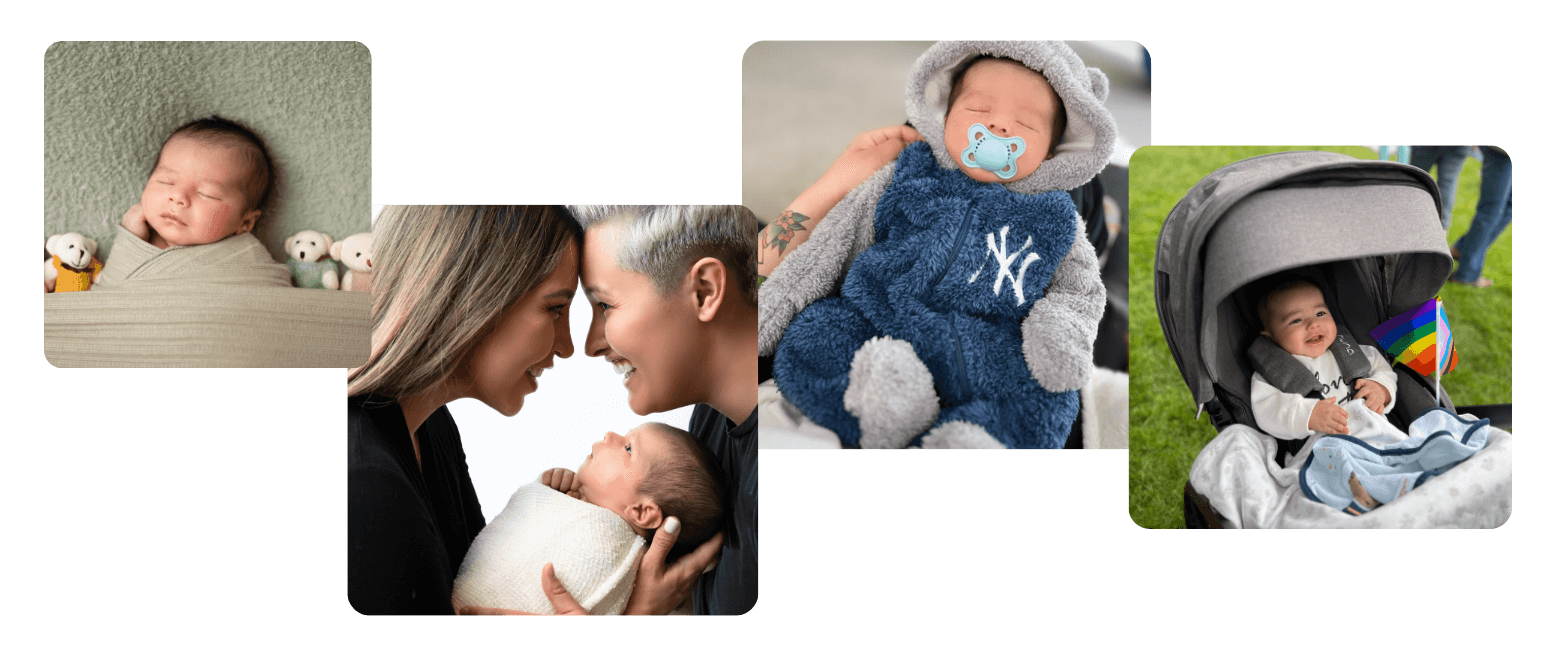
On Finally Meeting Their Son
"When we held Kai for the first time, we felt such a strong love for him," Diana says. "After years of planning and dreaming of having a baby - after so many medications, injections, morning blood draws, appointments, tears, and the physical, emotional and economic toll that fertility treatment can take on you, we finally had our beautiful son in our arms."
Kai recently turned four months old, and his moms report that he's growing and learning quickly.
"He is very resilient and loves smiling to everyone," Diana says. "He's currently a master at chewing his hand, rolling over on his own, babbling a lot, and he seems like he already wants to start crawling!" Kai also loves to laugh at funny noises, watch the family dogs play, and spend time with his best friend (grandma).
Though the road wasn't easy, the two moms are deeply grateful to finally have their baby boy in their lives. "It felt like such a long journey," Diana says, "but it feels so worth it every single time we look into his beautiful eyes...the long wait makes sense now!"
What They Learned On Their Journey
After years of fertility testing, treatment, and navigating a pregnancy after fertility struggles, Diana says she and her wife D learned five important lessons:
1. Fertility Treatment Isn't a Quick Fix
Diana shares that she wished she would have understood that going this route isn’t as simple or fast as she thought it would be:
"It isn't always easy to get pregnant, and there are many steps that need to take place in order to even get your treatment cycle started," she says. "Consultations, fertility testing, insurance approvals, morning monitoring, waiting for your body to respond properly to medications, and many other things can affect your timeline."
2. You'll Need Lots of Support
"We were fortunate to have a support system of family and friends around us that we were able to count on," Diana says. "I have very close friends that have undergone fertility treatment, and they were my biggest supporters throughout our journey." She also joined peer support groups and read stories from other fertility warriors, which helped her feel less alone.
3. Self-Care Is Crucial
In addition to the emotional support component, Diana also found it important to prioritize physical self-care by getting frequent massages to release tension from her mind and body.
4. The Waiting is the Hardest Part
One of the most difficult, taxing parts of any family-building journey is all of the waiting and uncertainty that hopeful parents have to navigate.
"By far, the hardest part was living life on a two-week-wait basis," Diana admits. "It’s a constant loop of waiting two weeks for the next step, or the next piece of news, and that was extremely hard." The repeated negative pregnancy test results were also heartbreaking, she says.
5. Pregnancy After Fertility Challenges Isn't Easy
Once she finally got pregnant, the anxiety continued in a different form, Diana says: "I was scared all the time (of losing the baby)." This is a common challenge for many parents-to-be who have experienced infertility, pregnancy losses, or other family-building struggles.
Yet, even though the process can be incredibly challenging, she says it's all worth it when you finally get to hold your long-awaited baby in your arms. "I don’t think I have words that can fully describe how I feel," Diana says. "But many parents who have been through what we've been through know the feeling."
Advice for Other LGBTQ+ Parents-to-Be
Throughout their journey to motherhood, Diana and D learned important lessons that they now want to share with other hopeful parents in the LGBTQ+ community:
Choose an Inclusive Fertility Clinic
"Make sure that you find a fertility clinic that is inclusive and makes you and your partner feel welcomed - a clinic that really cares about you and your concerns," Diana advises. "It should be a place where you don’t feel rushed, and somewhere that has a medical team that will walk you through each step of your treatment."
Get to Know Your Insurance Coverage
Before you have your first consultation at a fertility clinic, "Try to really understand your medical insurance coverage," Diana says. "It will save you a lot of time (and money)."
Connect with the LGBTQ+ Community
"Don’t hesitate to ask other LGBTQ+ parents for support," Diana says. "There are a lot of blogs, websites and support groups (Illume even offers some events that support our community)." People will usually be more than happy to share their experiences with you. "This journey can feel very overwhelming, but believe me - you are not alone," she says.
Build Up Your Library
One fun way to prepare for parenthood is by creating an inclusive, diverse library of books for your future children. "There are some very cute kids books for families with two moms or two dads, as well as books for children conceived through IUI, IVF, surrogacy, egg or sperm donors," Diana shares. "Kai’s favorite so far is the book, 'Mommy, Mama and Me!'"
What's next for their family?
As Kai grows, the moms say they look forward to continuing to learn and grow alongside him.
"He is teaching us so much - both about himself and ourselves," Diana says. "We are enjoying this new chapter of our lives called motherhood; it is the greatest roller coaster with all the ups and downs that we have ever jumped on."
They are also excited to hopefully give Kai a baby sister in a few years, and the couple plans to meet with Dr. Williams at the end of this summer to discuss potential next steps for adding to their family!
